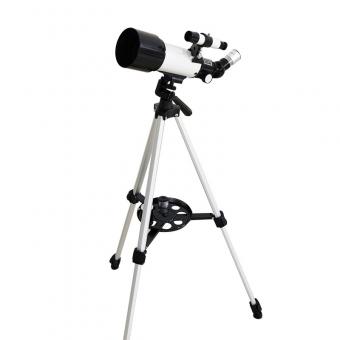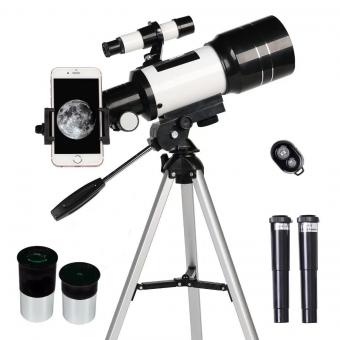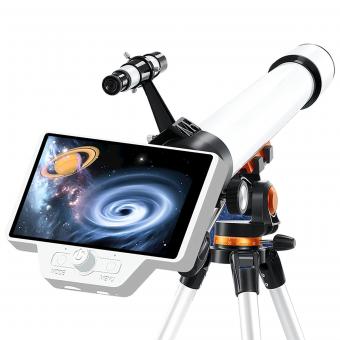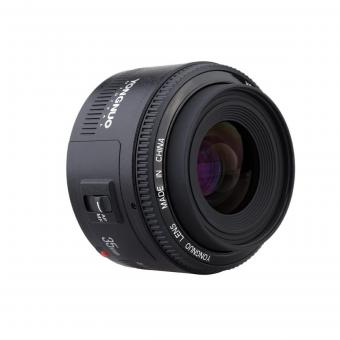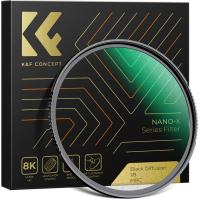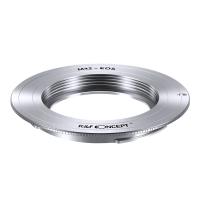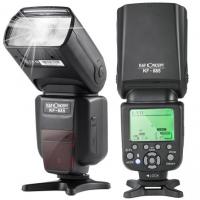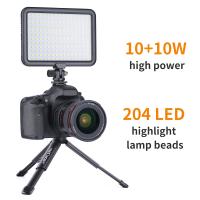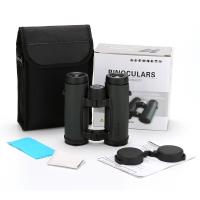How Does Refractor Telescope Work?
Refractor telescopes, also known as dioptric telescopes, are among the oldest and most straightforward types of telescopes. They have been instrumental in many astronomical discoveries and continue to be popular among amateur astronomers. Understanding how refractor telescopes work can provide valuable insights into their design, functionality, and applications. This article will delve into the principles behind refractor telescopes, their components, advantages, and limitations, and offer practical advice for those interested in using or purchasing one.
The Basic Principle of Refractor Telescopes

At the heart of a refractor telescope is the principle of refraction, which is the bending of light as it passes through different mediums. In a refractor telescope, light from a distant object, such as a star or planet, enters through a large objective lens at the front of the telescope. This lens bends, or refracts, the light rays to converge at a focal point, creating an image. The eyepiece lens then magnifies this image for the observer.
Key Components of a Refractor Telescope

1. Objective Lens: This is the primary lens that gathers light from the object being observed. The quality and size of the objective lens are crucial as they determine the telescope's light-gathering power and resolution. Larger objective lenses can collect more light, making faint objects more visible and providing clearer images.
2. Tube: The tube holds the objective lens at one end and the eyepiece at the other. It keeps the lenses aligned and protects them from dust and other contaminants.
3. Eyepiece: The eyepiece is a smaller lens or a combination of lenses that magnifies the image formed by the objective lens. Different eyepieces can be used to achieve various magnification levels.
4. Focuser: This mechanism allows the user to adjust the distance between the eyepiece and the objective lens to bring the image into sharp focus.
5. Mount: The mount supports the telescope and allows it to be pointed accurately at different parts of the sky. There are various types of mounts, including altazimuth and equatorial mounts, each with its own advantages.
How Light Travels Through a Refractor Telescope
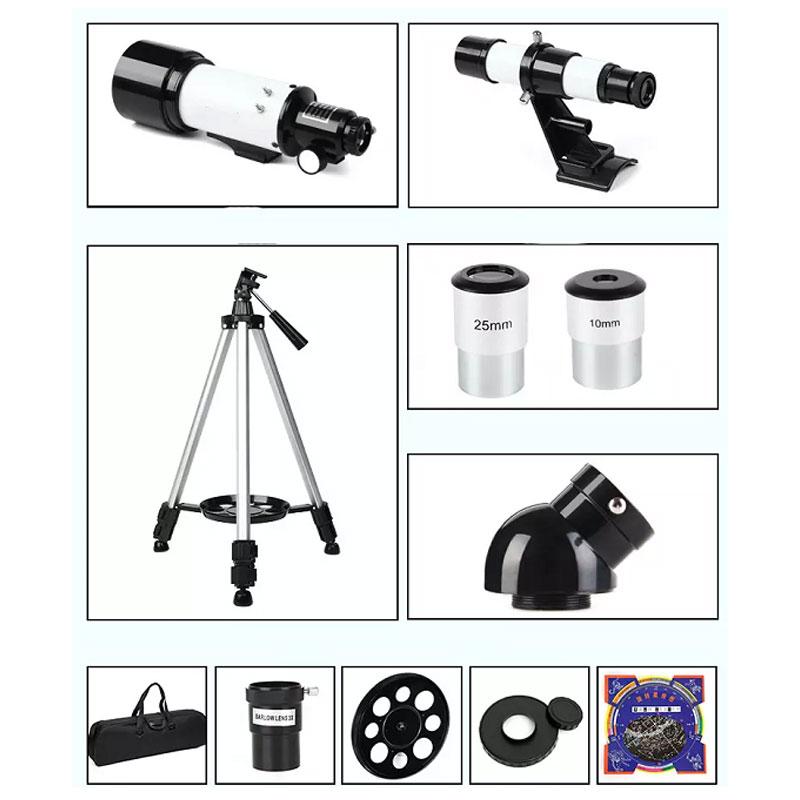
When light from a distant object enters the objective lens, it is bent towards the optical axis of the telescope. The objective lens is typically a convex lens, meaning it is thicker at the center than at the edges. This shape causes parallel light rays to converge at a focal point behind the lens. The distance from the lens to this focal point is known as the focal length.
Once the light rays converge at the focal point, they form an inverted image of the object. The eyepiece lens, positioned at the focal point, magnifies this image. The magnification power of the telescope is determined by the focal lengths of the objective lens and the eyepiece. Specifically, the magnification is the ratio of the focal length of the objective lens to the focal length of the eyepiece.
Advantages of Refractor Telescopes

1. Simplicity and Durability: Refractor telescopes have a straightforward design with fewer moving parts compared to other types of telescopes, such as reflectors. This simplicity makes them more durable and less prone to misalignment.
2. Sharp and High-Contrast Images: Refractor telescopes are known for producing sharp and high-contrast images, especially when observing bright objects like planets and the moon. This is because they do not suffer from the central obstruction that affects reflector telescopes.
3. Low Maintenance: The sealed tube design of refractor telescopes protects the lenses from dust and other contaminants, reducing the need for frequent cleaning and maintenance.
Limitations of Refractor Telescopes
1. Chromatic Aberration: One of the main drawbacks of refractor telescopes is chromatic aberration, which occurs because different wavelengths of light are refracted by different amounts. This can result in color fringing around bright objects. High-quality refractors use special types of glass or compound lenses to minimize this effect.
2. Cost: High-quality refractor telescopes can be expensive, especially those with large objective lenses. The cost increases significantly with the size of the lens due to the precision required in manufacturing.
3. Size and Weight: Large refractor telescopes can be bulky and heavy, making them less portable and more challenging to mount and use.
Practical Tips for Using a Refractor Telescope
1. Choosing the Right Telescope: When selecting a refractor telescope, consider factors such as the aperture (diameter of the objective lens), focal length, and the quality of the lenses. A larger aperture allows more light to enter, providing better views of faint objects. However, balance this with portability and budget.
2. Mounting and Stability: Ensure that the telescope is mounted on a stable and sturdy mount. This is crucial for achieving clear and steady views, especially at high magnifications.
3. Eyepieces: Invest in a range of eyepieces to achieve different magnifications. Start with a low-power eyepiece for locating objects and then switch to higher-power eyepieces for detailed observations.
4. Focusing: Take your time to adjust the focuser carefully. Achieving precise focus is essential for clear and sharp images. Some telescopes come with fine-focus knobs for more accurate adjustments.
5. Observing Conditions: The quality of your observations can be significantly affected by atmospheric conditions. Try to observe on clear nights with minimal light pollution. Allow the telescope to acclimate to the outdoor temperature to reduce thermal currents that can distort the image.
Refractor telescopes are a testament to the enduring power of simple yet effective design. By harnessing the principles of refraction, these telescopes provide clear and high-contrast views of the night sky. While they have some limitations, such as chromatic aberration and higher costs, their advantages in terms of durability, low maintenance, and image quality make them a popular choice for many astronomers.
Whether you are a beginner looking to explore the wonders of the universe or an experienced observer seeking a reliable and high-quality instrument, understanding how refractor telescopes work can help you make informed decisions and enhance your stargazing experience. With the right equipment and techniques, the night sky is yours to explore.






